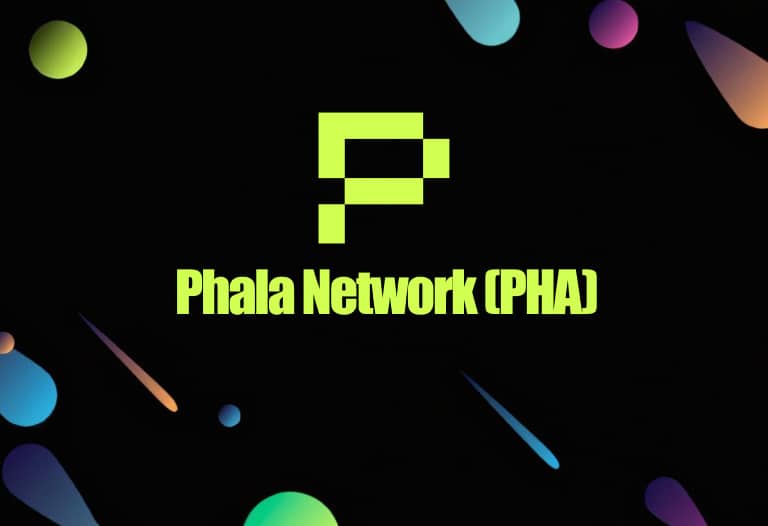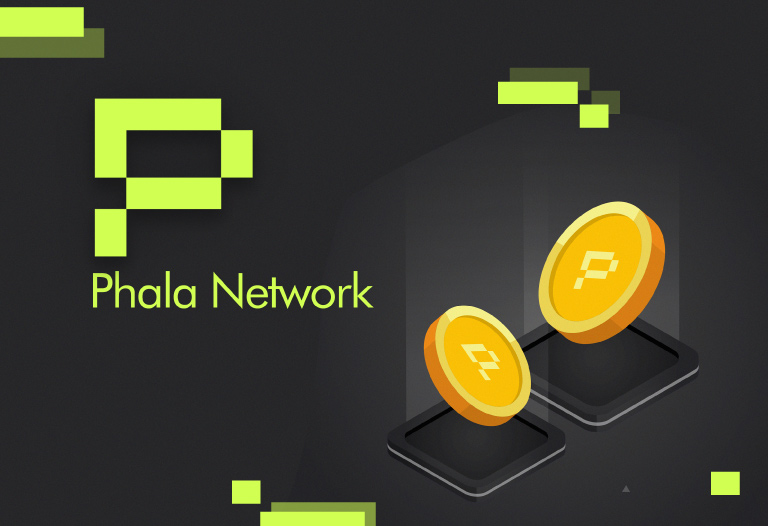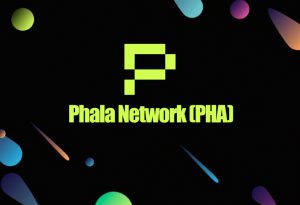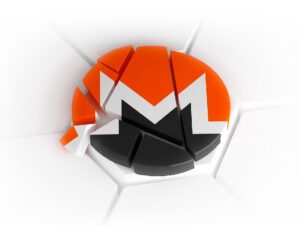
Table of Contents
ToggleHave you ever heard about what Phala Network is? This is a project aimed at providing a distributed computing platform that features high security and privacy. Such a platform employs the TEEs (secure execution environments) available on numerous CPUs with the goal of achieving the development of a blockchain that features advanced capabilities in terms of smart contracts and privacy.
Among the features that make this project ideal to meet the above objectives are confidentiality, since it prevents the leakage of input, output or intermediate state of a confidential smart contract and only responds to authorized queries to the contract. Another feature is the integrity of its code. This is because any user has the power to verify that an output has been performed by a given smart contract published on the blockchain.
Another feature to note is availability. This is because there is no single point of failure if a miner is disconnected. The last feature I would like to highlight is interoperability. This feature in the blockchain world is extremely important and this project features it, as contracts can operate with each other with other external blockchains. If you want to learn how this project works and what it can offer you, stay reading this article because I will tell you all about it below.
How does Phala Network work?
This project employs a technology known as Polkadot’s Substrate. Thanks to this technology, Phala Network can become a blockchain platform with confidential smart contracts, powered by a block production system that uses the power offered by CPUs in addition to a set of specialized functions called “Secure Enclaves“. Through these functions, Phala Network seeks to offer users certain confidential computing and data protection services.
At present, this project is built on the Polkadot network and is mainly oriented to take over one of the parachains that are available on this network. It should be noted that Phala has a Canary Islands network known as Khala. This network is based on the Kusama network.
To achieve the main goals of the project, the developers created Phala Network to support the operation of their network in the Trusted Execution Environment (TEE). TEEs are a special feature of CPUs. It is worth remembering that CPUs are processors that can be found in both computers and cell phones.
The function of the TEEs allows this project to develop an execution environment that is highly secure for smart contracts. Through this operation, leaks of users’ private information are prevented.

Phala Network system parts
The Phala Network is supported by the following components for proper operation:
- Users. Users are the most important part of the system. They connect, query and upload smart contracts on the network. In addition, users interact with these smart contracts via the blockchain with the help of working nodes.
Users are able to verify data on the blockchain and also assist in cryptographic testing by running the project client or an entire node. It should be noted that no special hardware is required for users to employ confidential contracts. This capability is available on all current processors from 2015 onwards.
- Remote authentication service. This is a public service to confirm whether a running node successfully implemented the pRuntime (runtime). In this case, an encryption generated by the service as cryptographic evidence can prove that a specific output produced by the former service was created using the pRuntime executed on a TEE.
- Blockchain. The blockchain represents the backbone of the Phala Network project. The blockchain stores the identities of working Nodes, executed smart contracts, the status of encrypted contracts in addition to transactions issued by users and other blockchains. By connecting to a Polkadot parachain slot, the blockchain is able to interoperate with other blockchains via the Polkadot relay chain.
- Work nodes. Working nodes are responsible for executing confidential contracts using TEE-compatible hardware. These nodes operate off-chain, that is, they are external to the blockchain. Each node contains a specific program called pRuntime which is deployed in the secure part of the TEE mentioned above. These working nodes have three functions that guarantee the correct functioning of the network:
- Genesis Node. The Genesis Node is responsible for helping to start up the network and establishes the cryptographic configuration. There is only one Genesis Node in the entire network and it is destroyed after the launch of the Phala Network.
- Gatekeepers. Gatekeepers are responsible for managing the secrets that ensure the availability and security of the network. Gatekeepers are dynamically elected on the blockchain and must perform staking within the network in order to be elected. For the task they perform of being online they are rewarded. If they make mistakes they will be removed for misbehavior, as there must be a certain number of functional Gatekeepers at all times.
- Miners. Finally, we have the miners. They are in charge of executing confidential contracts. They provide the computer resources to the users and for this they receive a reward. Although the operation is very similar to the Gatekeepers there is a difference and that is that the miners only need to bet a small amount of the Phala token and they also have the power to enter and leave the network as and when they want.
It should be noted that to be part of PHA mining it is necessary to stake about 1,620 PHA tokens for each CPU core used in mining.








